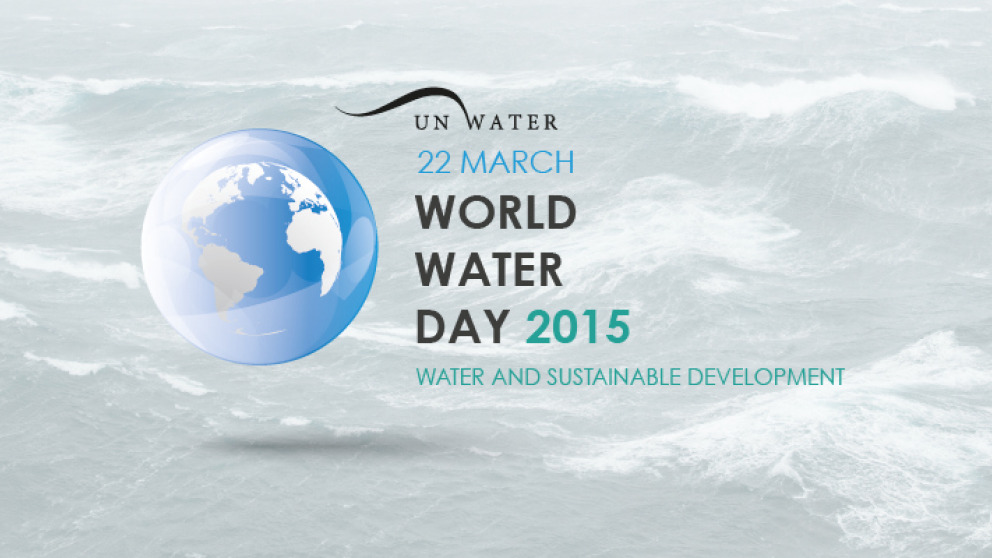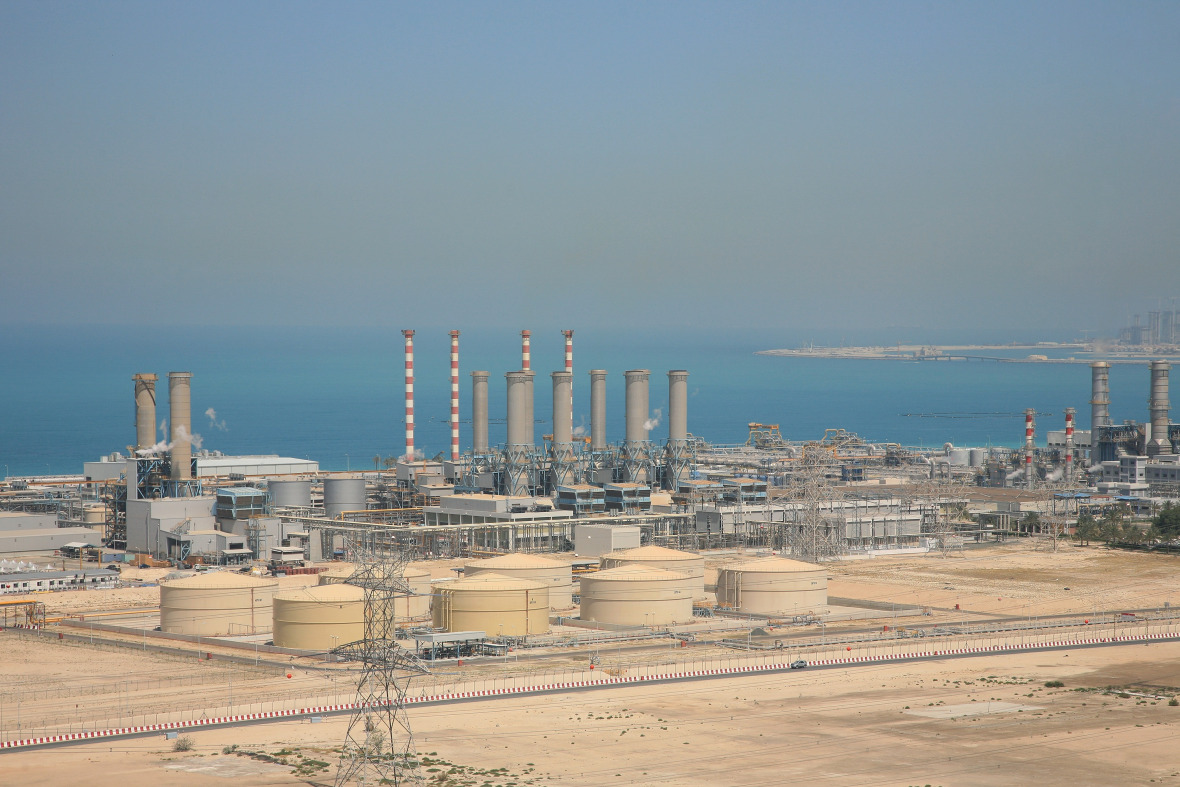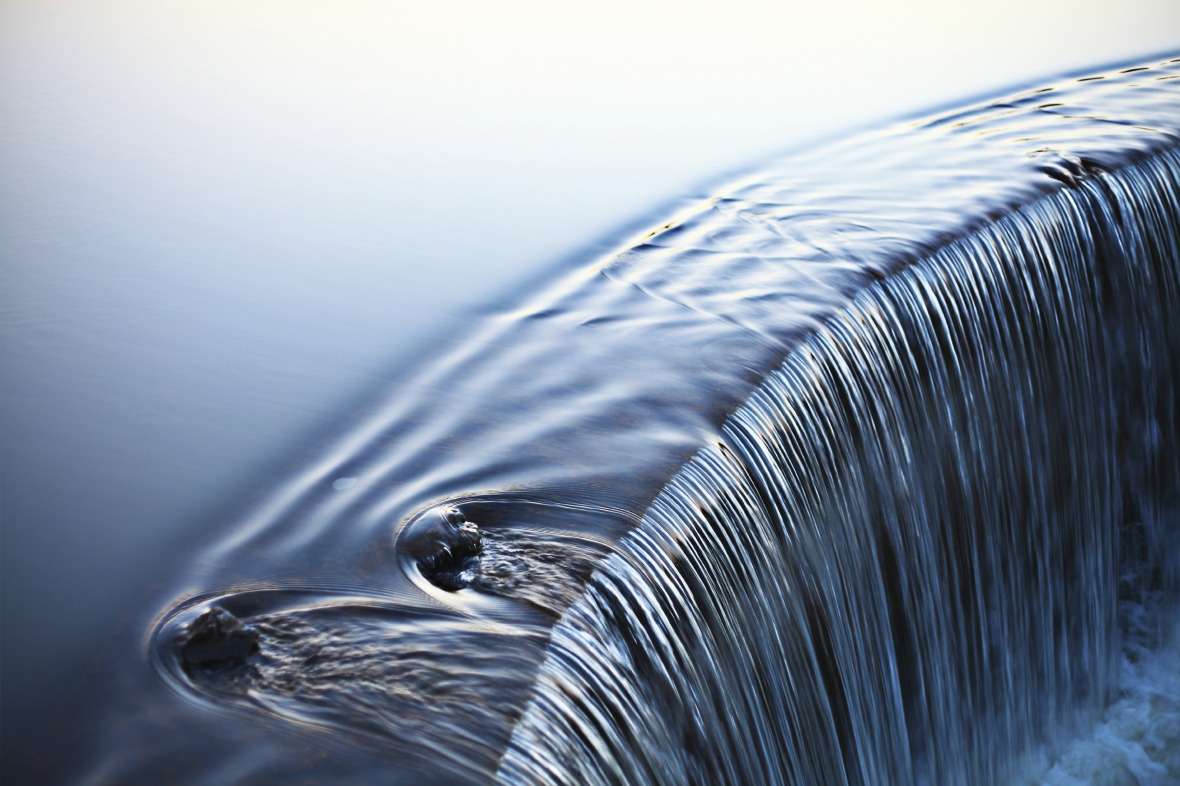Headline:
The Water-Energy Nexus: Seeking Integrated Solutions

Today is World Water Day. This year’s motto, ‘Water and Sustainable Development’, is in keeping with the prominent role sustainable development is expected to play in 2015. In September the United Nations will agree on a set of Sustainable Development Goals (SDGs). While the previous Millennium Development Goals (MDGs) focussed on eliminating poverty, now the protection of natural resources will be addressed in a new catalogue of goals. Among other objectives, the UN will commit to global water and energy goals in the SDGs.

In recent years the link between water and energy has been commanding greater attention: demand for both resources is growing, yet in many parts of the world there is no security of supply. This link, also known as the water-energy nexus, was in fact the motto of the last World Water Day. The energy supply depends on access to and the availability of water. Water is needed to generate electricity and produce oil and gas. Alarming analyses by the International Energy Agency (IEA) suggest that the amount of water used for energy generation will increase by 85 per cent by 2035 as a result of the growth in water-intensive energy technologies. By the same token, the water supply depends on energy, which is required to extract, treat and transport water. Apart from these input-output relations, so-called ‘externalities’, i.e., undesirable negative effects, also play a role. Thus the energy sector contributes to water pollution, for example, in the course of producing oil, mining coal and fracking.
The Sustainable Development Goals envisage that the international community will be able to ensure the availability and sustainable management of water and sanitation for all by 2030 (SDG 6). They also strive towards universal access to an affordable, reliable and modern energy supply (SDG 7). The challenges are enormous: 1.3 billion people on the planet have no access to electricity; 748 million people lack secure access to water; and almost 40 per cent of the world’s population – 2.6 billion people – use traditional biomass, such as firewood, to cook. The latter brings significant health risks. At the same time, global demand for water and energy is growing rapidly. Demand for water is expected to increase by 55 per cent by 2050, while energy requirements will probably double in the same period.[1]
The positive effects of the Energiewende on water supply
Trade-offs between the water and energy sectors cannot be completely avoided, but they can be mitigated. For example, by increasing the share of wind energy and photovoltaic in the energy mix, we can significantly reduce both water consumption and water pollution in electricity generation, as my colleague Dominik Schäuble showed at the 2014 World Water Week. In the recently published World Water Development Report 2015, Water for a Sustainable World, the United Nations calls for a global energy transition to more wind energy and photovoltaic. At the same time, the World Water Development Report recommends limiting the development of thermal power plants. Coal-fired and nuclear power plants are particularly water-intensive. And the increasing use of non-conventional fossil energy also exacerbates trade-offs. Hence current decisions on the future global energy mix will set the course for the global supply of clean water in the long term.

Integrated thinking (and action) is essential to a sustainable global supply of water and energy. The water-energy nexus has already gained prominence in international policymaking. In international energy policy, the nexus approach has been adopted by all relevant international organisations and networks. The water-energy nexus was also the main focus of international water policy in 2014. By putting the water-energy-food nexus on the international sustainability agenda in the run-up to Rio+20, the German government was instrumental in this success.
The water-energy nexus is not just about resource availability, but also about power relations
It’s now high time to go the further mile and put the nexus approach into practice. This means treating water and energy as an integrated whole and taking steps to minimise trade-offs and exploit synergies. In so doing, we need to acknowledge that the water-energy nexus is not just a matter of resource interdependency, but also raises questions in relation to access, distribution and power. More often than not, water and energy poverty is due not to an overall lack of the two resources but to unfair distribution. The lack of access to both resources coexists with abundance and squandering. And it’s no surprise that it’s particularly hard to anchor the nexus approach in the energy sector. The politically and financially robust energy sector tends to prevail against other users and forms of use. To put it simply: power plant operators have more money than small farmers.
In implementing the nexus approach, we need to think beyond technical solutions. Ultimately, economics, political decision-making processes and power relations determine how the water-energy nexus is implemented. Political and economic contexts and decision-making processes therefore always need to be taken into account. Otherwise, we run the risk of repeating previous mistakes, for example, the kind of mistakes made in integrated water resource management (IWRM). IWRM seeks the integrated management of water, land and other natural resources. While it is an internationally recognised standard, its implementation has proved very difficult. Apparently, it seldom fits to underlying political economy contexts and decision-making processes.[2] Either the institutional capacities for integrated management are lacking, or powerful actors are simply not interested in implementing the standard. I think that there is a real danger that the same might happen in the case of the water-energy nexus. The current nexus debate often focuses on technology to the neglect of the political and economic dimensions.
Our research on the water-energy nexus
This is why the Trandisciplinary Panel on Energy Change (TPEC) at the IASS is examining governance issues in relation to the water-energy nexus. Our work is integrated into the institute’s wider nexus approach, which also includes soils. My colleagues Jes Weigelt, Alexander Müller, Klaus Töpfer and Charlotte Beckh recently published the edited volume Soils in the Nexus – A Crucial Resource for Water, Energy and Food Security. The TPEC team investigates the extent to which the nexus approach has already been established, where implementation is successful and why. We also analyse instances where the integration of water and energy policies would be particularly important, but has not happened yet. The aim here is to find out which factors hinder or even prevent implementation and what points of intervention can be identified. We will present our initial findings at the World Water Week in Stockholm in August at an event organised jointly with the International Renewable Energy Agency (IRENA) and the World Bank’s Thirsty Energy Initiative.
[1] IRENA (2015): Renewable Energy in the Water, Energy and Food Nexus; UN Water (2014): Water and Energy, the UN World Water Development Report 2014, UN Water (2012): Managing Water under Uncertainty and Risk, UN World Water Development Report 2012, UN Water (2015): Water for a Sustainable World, the UN World Water Development Report 2015.
[2] Mosello, Beatrice and Moosa, Shehnaaz (2014): Tackling the water-energy-food nexus without reinventing the wheel.

Add new comment